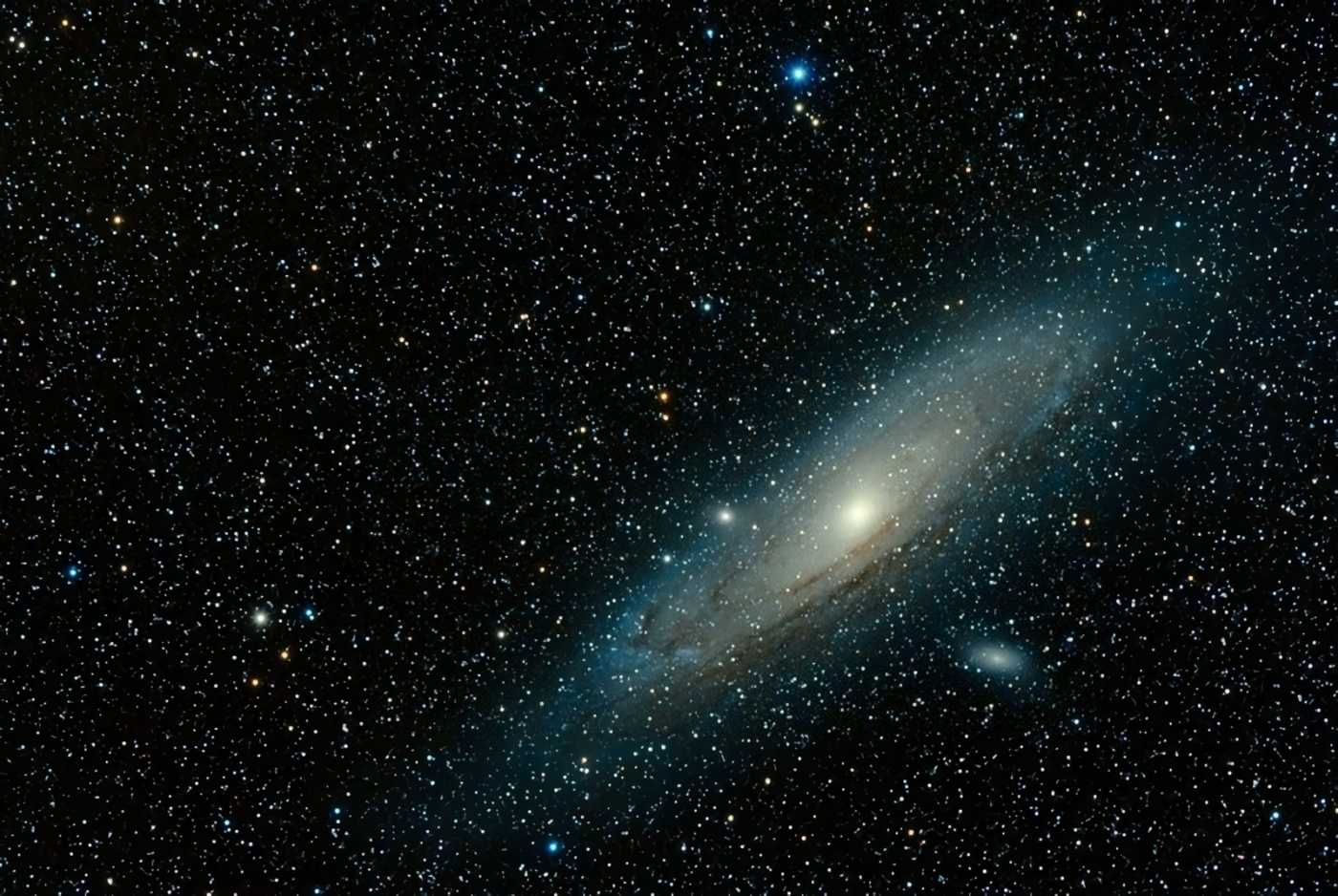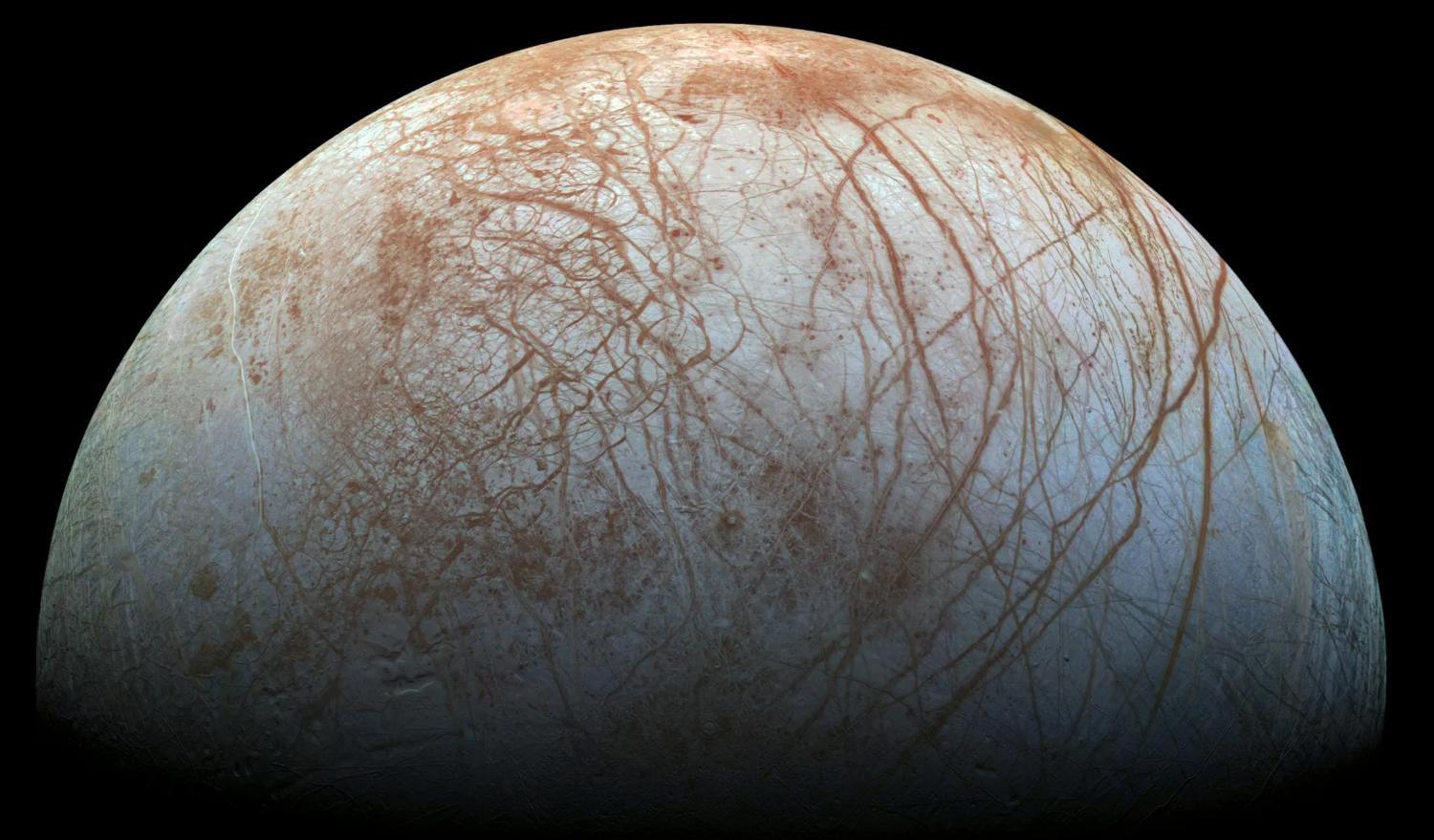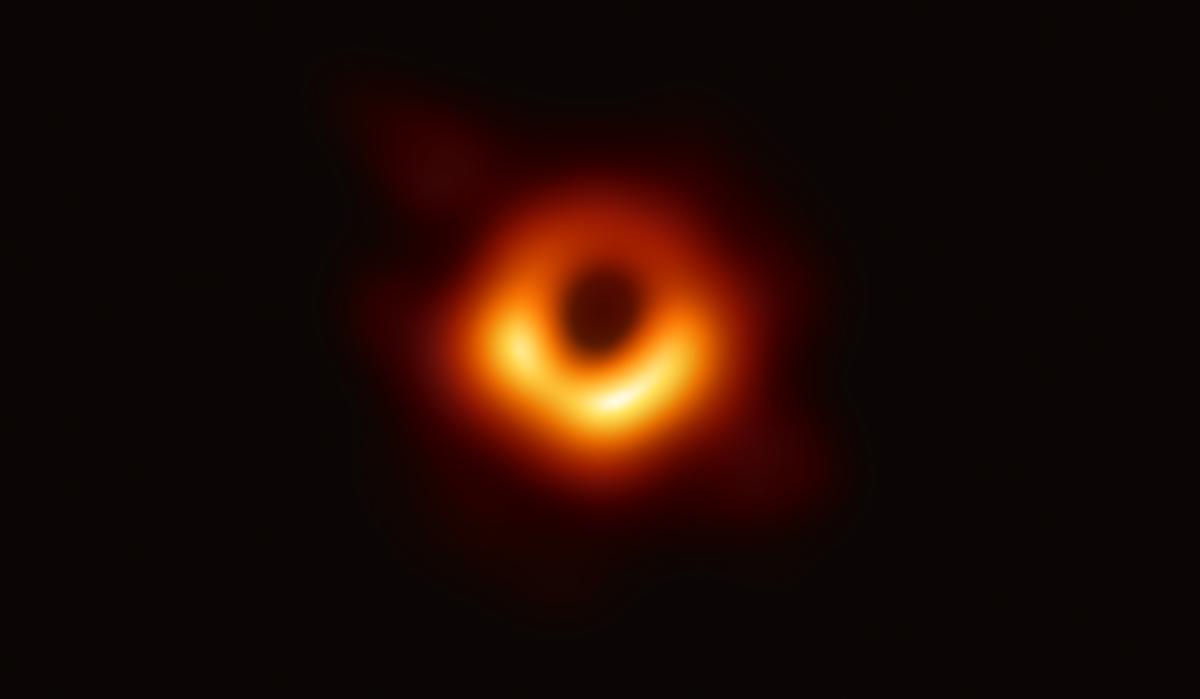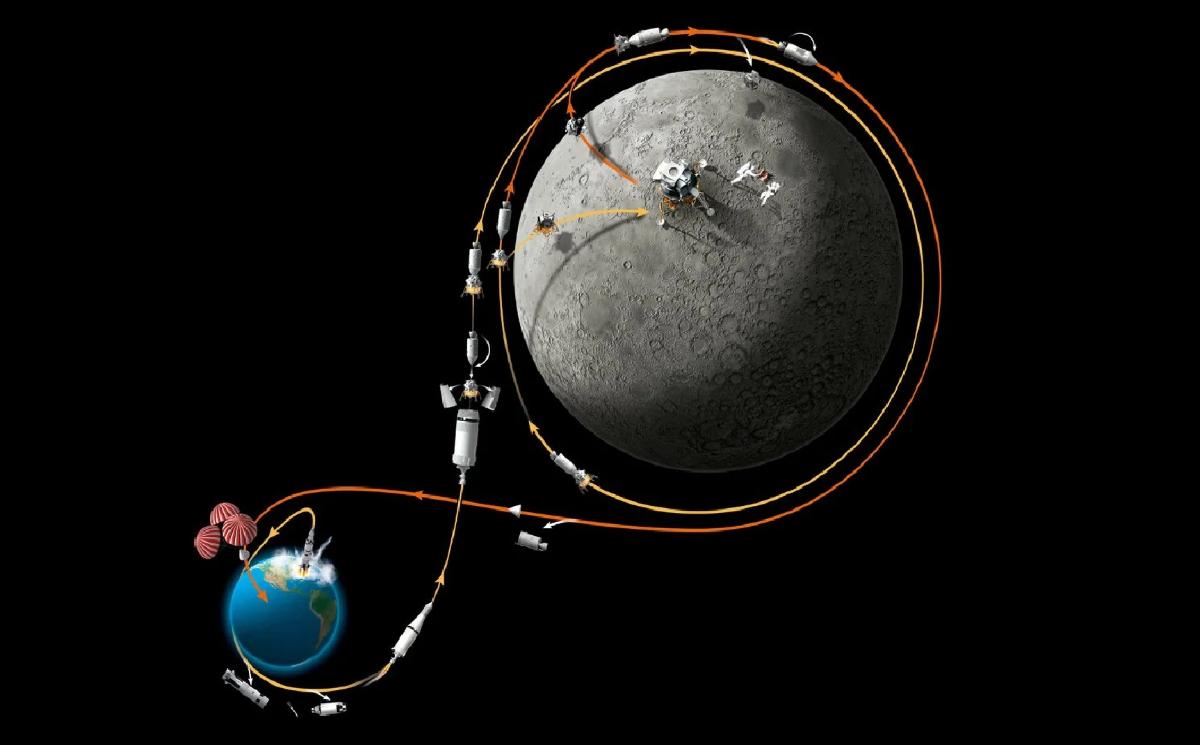How big exactly is the universe? Can we put a number on it? Does the universe have borders? There are still many mysteries that modern science has not solved. The Sun, around which Earth revolves, is only one of the Milky Way’s 200 billion stars. Additionally, the latter is only one galaxy out of the 100 billion that make up our universe. The “observable universe” is only a small fraction of the whole cosmos. This is a tiny world we live in. In this reality, science often exceeds the bounds of fantasy.
There are a few questions that immediately spring to mind while contemplating the universe: where do we come from? Where are we going? Are we alone? Scientists are equally curious in another topic: how big is the universe? This question, like the other three, may remain unanswered forever, at least for our generation. This, however, does not prohibit us from speculating based on what we currently know.
Our universe is only one among many
Is there a limited amount of space-time or an endless amount of matter in the universe? It may come as a surprise, but there simply aren’t enough scientific facts to address this issue yet. There is room for both infinity and finiteness in the universe.
The visible universe, however, exists amid this vast unknown. It’s what we can see when we look up at the sky. The one that incorporates all the locations in space-time is “near” enough to us for their light to have reached our planet.

As for what lies beyond this horizon, it’s hard to say. Alternate dimensions? Many scientists are giving this route, popularized by science fiction, considerable thought. Even renowned astronomer Stephen Hawking, who passed away on March 14, 2018, at the age of 76, worked on this hypothesis until his death.
Indeed, the universe is described as “a mosaic of microscopic pocket universes where each pocket is distinct from the others” by Thomas Hertog, a cosmologist at KU Leuven University in Belgium and co-author of Stephen Hawking’s last paper. Our current understanding of the universe must be radically revised.
If the concept of a “multiverse,” or a number of parallel worlds, is not new (it can be traced back to the sixth century BC and the Greek philosopher Anaximander), it has until recently been kept within the realm of philosophy.
The concept of the multiverse has been around since the beginning of philosophy, but has only recently entered the realm of theoretical physics. We are now able to imagine a wide variety of parallel worlds.
The size of the universe is inconceivable
Countless other worlds are possible. The very thought of it is disorienting. We must bear in mind that the visible universe, as depicted by the standard cosmological model, is a sphere with a center at Earth and its radius is around 45 billion light-years. This is a distance of 450,000 billion billion kilometers. And the radius we’re discussing is the visible universe’s horizon. According to that, the diameter of the universe is around 90 billion light years. Approximately 900,000 billion billion kilometers in length.
Once again, this just accounts for the extent of the visible universe, or the part of the universe that we can actually see. As far as we can tell, the total extent of the universe is at least 250 times greater than the visible one. Still, this is the bottom of the range. It’s possible that it’s 15 million times bigger than anything we can see.
Try to conceptualize it

The human brain just cannot conceptualize such vast distances. Visualize yourself moving across space at the speed of light (300,000 km/s; 1.08 billion km/h) to get a sense of just how vast our universe is. Traveling to the Moon would take just 1.3 seconds at this speed. It will take you around 8.5 minutes to get to the Sun.
It will take you four years to get to Proxima Centauri, the Solar System’s closest star. To travel to the vast majority of Milky Way stars might take hundreds of years or perhaps millennia. Also, you’ll have to travel for a very long time indeed if you want to see other galaxies.
Once again, we are reminded that our galaxy is just a speck in a universe whose boundaries we cannot fathom. Furthermore, we have a better grasp as to why intelligent life may flourish across the universe without leaving a trace.
Among the planets of our solar system, Earth is relatively tiny. Even if the Sun is 100 times larger than Earth, it is still dwarfed by more massive stars.
Everything only highlights how pathetically puny human beings really are. Like little plankton floating aimlessly in a huge ocean, we’ll never be able to cross.
An observable space
Many methods exist for determining how far apart things are. In the beginning, lasers can capture the nearest things. It is planned to send a beam in the direction of the object and then wait for the beam to return to Earth. Astronomers may get an accurate distance estimate for a planet or star based on the amount of time it takes light to reach Earth from a distant star.
Further away objects provide greater challenges. In order to record its return, you would need a very strong laser and wait for many human lifetimes. However, we cannot afford to lose several people’s lives.
Therefore, scientists resort to a different strategy. It is common knowledge that stars and galaxies fade to different colors over time. Even if both stars have the same amount of energy and brightness, the one that is farthest away from us will look brighter and more energetic. The farthest one will look less bright. This variation in luminosity will allow us to calculate the star’s distance.
These methods do have some temporary success, however. Because space in the cosmos is so enormous, we have not yet seen the light from certain distant objects. That’s the dilemma astronomers confront.
The observable universe fits within this little bubble. What are its dimensions? The age of the universe has been estimated at 13.8 billion years. But the fact that it’s growing is something to keep in mind. The diameter of this viewable “bubble” has been calculated to be about 93 billion light-years by integrating this parameter, according to the best estimates of modern astronomers. To be precise, it’s 880,000 billion billion kilometers.
Unreachable realm
This information will allow us to make an educated guess as to the extent of the world beyond. At least 250 times bigger than our apparent “bubble,” according to one study. It’s worth emphasizing that this is just conjecture. Nowhere does it state that the universe is limited in size. It has the potential to persist indefinitely. Certainly, there’s no reason why not. There’s nothing to suggest otherwise.
We may never find out the answer. For the simple reason that the currently observable universe is as huge as it can ever be. The visible universe is expanding faster than the speed of light because the expansion rate of the universe is accelerating and growing. It follows that we know for sure that no light from those parts of the universe will ever reach Earth.
It feels like seeing a friend reach for your hand, only to have something yank it away from them just a little quicker. It’s impossible to grab hold of someone’s hand while they’re being pushed back by a stronger force.
Taking into account the expansion of the Universe
This may seem surprising insofar as the theory of general relativity allows us to describe the evolution of the whole universe since its birth. Except that the theory is not very clear about the geometrical properties of the cosmos.
Even with the most precise observations, it is finally able to pronounce only one thing: the curvature of the universe, which would be zero. This simply means that if we take three points in space-time, we obtain a flat object—a triangle, not a pyramid.
According to the rules of topology (the study of spatial deformations), this information is insufficient to establish the size of the universe, which might be finite or infinite. Inflation theory, which has been used to round out the big bang model for the last three decades, suggests that the universe may have had a period of severe expansion in its early moments, allowing it to grow to an infinite size.
The visible universe is a “bubble” whose size is known despite the fuzzy nature of the rest of the universe. In other words, the portion of the universe that can be seen encompasses everything in the cosmos that is near enough to us for its light to have reached us.
Let’s perform some fast math to figure out how big it is.
Since the speed of light is limited by the age of the universe (about 13.8 billion years), the light that has traveled the farthest to get to us must originate in the most remote parts of the visible universe. One could be inclined to respond that the size of the visible universe is 13.8 billion light-years.
The universe goes far beyond its visible portion
As the universe has expanded, the point of origin of these light particles has receded from us, even as they have been traveling toward us. Current cosmological models place its limits at 45 billion light-years distant, spherically defining the visible universe as a sphere centered on Earth and having a radius of 45 billion light-years (450,000 billion billion kilometers). Or double that amount to 90 billion since the universe expand in not one but all directions.
However, neither the magnitude of this visible region nor the observations made inside this enormous cosmic sphere provide any information on the proportions of the whole or on the presence of a putative border. As a result, when considering the whole cosmos, the size of the universe becomes considerably more expansive. However imprecise, it is the best we have at the moment to provide in response to this age-old query.






